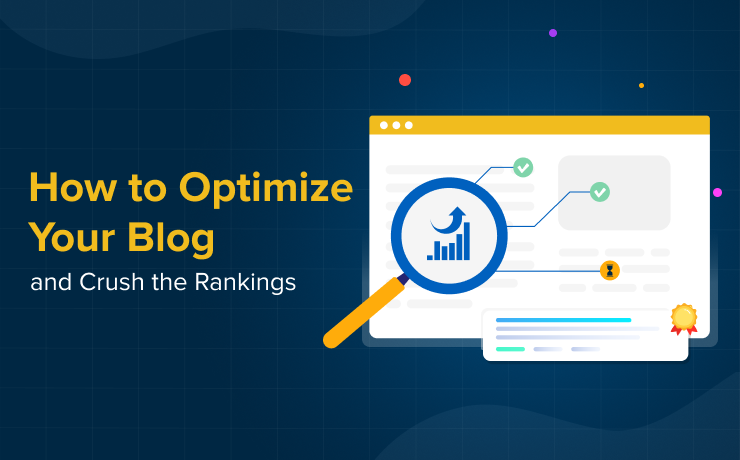Use Heat Maps to Evaluate the Overall Website UX

Chad Faith
Director of Content

If you are developing a website for the company, you must understand the importance of user experience. The need to offer excellent user experience is a fact most web developers, designers and digital creatives cannot afford to overlook.
Research has shown that more than 80% of online shoppers are unlikely to return to a site that gave them negative experiences. Additionally, over 40% of online shoppers say that the website design is what they first look at to determine whether a business can be trusted or not. Even with these numbers, less than 60% of online companies spend time evaluating the overall UX.
If a business wants to determine the effectiveness of its website, heat maps can be used. These are colorful tools that provide critical insight on how web visitors absorb and interact with various parts of the website. By understanding the preferences of web visitors, you can design a user experience that keeps them on the site longer.
What Can Website Owners Learn from Heat Maps?
Data generated by a heat map offers the website administrator unique and focused insights. This information would have been hard to come by when using other website monitoring analytics. Insights you get from using heat maps include:
Areas Where Visitors Spend Most Time On
Essential information that heat maps can offer include parts of the website that received the most attention. For instance, you may find visitors responding to a call to action on a given page, or no one is clicking on the call to action at all.
Heat maps can also show the administrator which areas on the website receive the most traffic. If the indicators show that a specific area in your site is not getting as many visitors as targeted, this can be an indication of a website UX problem.
Other data captured by heat maps include:
- Whether visitors are clicking on links, call to actions or other lead generators.
- Whether visitors can access the email subscription form. This is especially important if you get traffic to your blog but fewer subscriptions.
- The most distracting aspects of the site’s design.
How Far Down Visitors are Scrolling
Heat maps can also track scrolling on website pages. It has always been a challenge for businesses to persuade their visitors to navigate further down a page. The data derived by heat maps can show the effectiveness of your website’s design in terms of encouraging your guests to explore deeper into the site.
For instance, you may find that the reason guests are not responding to a call to action is that they are not scrolling down. You can alter the design of the website to entice visitors to scroll to the end. Alternatively, you can move the call to action higher up the page to make it more visible.
Start Analyzing with Heat Maps Today!
The goal of most websites is to increase conversions. Therefore, you need to ensure that the elements in your site’s design are presented in a productive way. Heat maps offer a roadmap that can improve and influence your marketing goals. It measures the online habits of your website users. This helps to ensure that your website can meet the needs of these users by being relevant.
 Free
Consultation
Free
Consultation Free
Google Ads Audit
Free
Google Ads Audit







